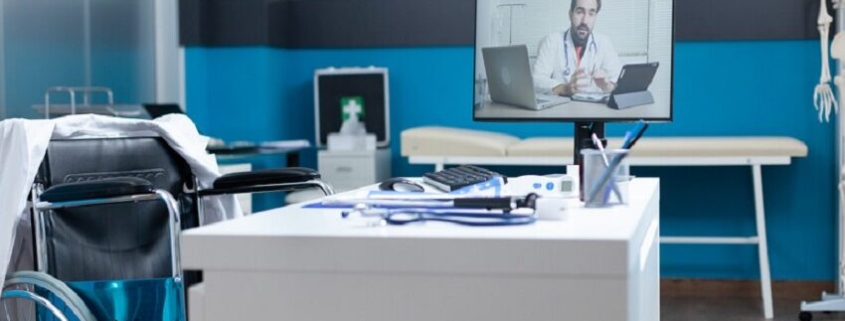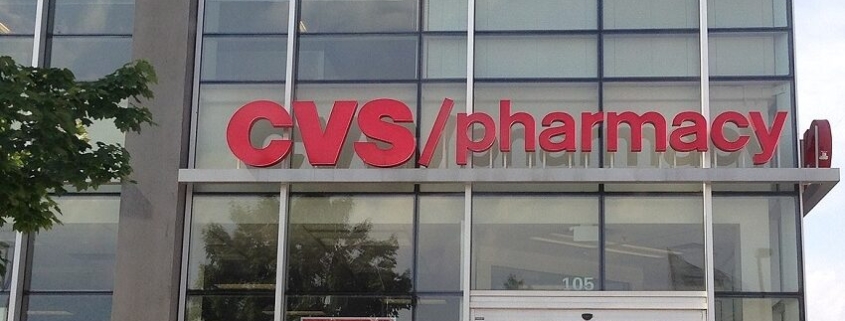Real Estate Could Have A Role To Play In Alleviating Medical Staffing Squeeze
Battered by the lingering pandemic, a rise in inflation, supply chain slowdowns and recessionary fears becoming reality, the healthcare industry has faced crisis after crisis over the past several years.
But it could be commercial real estate to the rescue, at least partially, to help solve one of the industry’s most longstanding, yet persistent problems: healthcare’s chronic staffing issues.
Healthcare experts at Bisnow’s Chicago Healthcare & Life Sciences Real Estate event Aug. 11 at Illinois Science + Technology Park said that though challenges to the industry are overt, real estate is poised to be a partner in helping healthcare reconsider how it uses space for patient care in the current market, especially in light of staffing shortages exacerbated by years of a punishing pandemic.
“A lot of what we see in healthcare real estate decisions is using the real estate in a way to leverage staffing issues,” Ryan Cos. Vice President of Development-Healthcare Curt Pascoe said. “CRE can help fill gaps by optimizing space, either consolidating locations or reconstructing locations in a way that allows you to eliminate a front desk person or eliminate a nursing position.”
Even before the pandemic, the nation suffered from a lack of skilled nurses and other healthcare workers. Then some 1.5 million healthcare jobs were lost in the first two months of the pandemic alone as clinics closed and U.S. hospitals restricted services. Most jobs have since returned, though healthcare employment remains 1.1% below pre-pandemic levels, according to Colliers’ 2022 Mid-Year Healthcare Outlook — many of them lost permanently to burnout.
Shawn Janus, national director of U.S. Healthcare Services at Colliers, said that while he has seen persistent staffing shortages throughout his past 20 years in the industry, he is most concerned about the looming physician shortage, which the Association of American Medical Colleges predicts will cause the U.S. to need 37,800-124,000 more doctors in the next 12 years.
As healthcare facilities look to scale back and cut costs in the face of rising inflation, panelists said, they’re also making reductions in administrative spending to account for pandemic staff losses and increasing demands by millennials for flexible work options.
That’s where real estate can step in, helping healthcare consolidate or reconfigure space to minimize staffing holes.
“A lot of those hospitals have that administrative space in the hospital, which is already certified for joint commission and other regulatory bodies, so changing that into clinical space makes great sense,” said Allyson Hanson, CEO and executive director of the Illinois Medical District.
That switch is not always easy though, according to Janus, who said health system executives are being cautious about using space they have no way of filling given current staff shortages. He said internal goals by hospital executives aimed at decreasing at least 50% of administrative space is the biggest shift the healthcare industry is seeing.
To counter that, Hanson said, helping healthcare providers find new business models that reimagine methods of care and patient services in the face of staff cuts and downsizings is paramount.
Telemedicine is one way industry providers continue to optimize in the face of consumer needs. That means the tech CRE brings in must be on point.
Michael Becker, senior director of real estate services at Anne & Robert H. Lurie Children’s Hospital, told the panel that the percent of people communicating with clinicians virtually is up, even now as panic over the pandemic winds down, adding there is particular room for growth when it comes to behavioral health-based services.
“Basically we’re stable at pre-pandemic levels and we’re now stable at 7% of total visits so our use has doubled in a couple of years,” Becker said. “I see that continuing to grow, but not dramatically, at least not in the next five-10 years.”
Becker said that though telemedicine ramped up from 3% to 40% at the height of the pandemic, it was hugely challenging for the hospital’s technology team. While incorporating tech is important, he said, brick-and-mortar facilities will still carry the industry.
In fact, demand for medical office buildings continues to drive new construction activity and acquisitions across Chicagoland. And while cap rates have risen on average, they have continued to compress for on-campus medical office buildings which set record highs for asking rents and sales volume in 2021, despite pandemic stressors. A similar resiliency is expected to persist into the near future.
“Medical office as compared to office or retail or some of the other food groups is still considered a better investment and will weather this turn better,” Janus said.
Source: Bisnow




